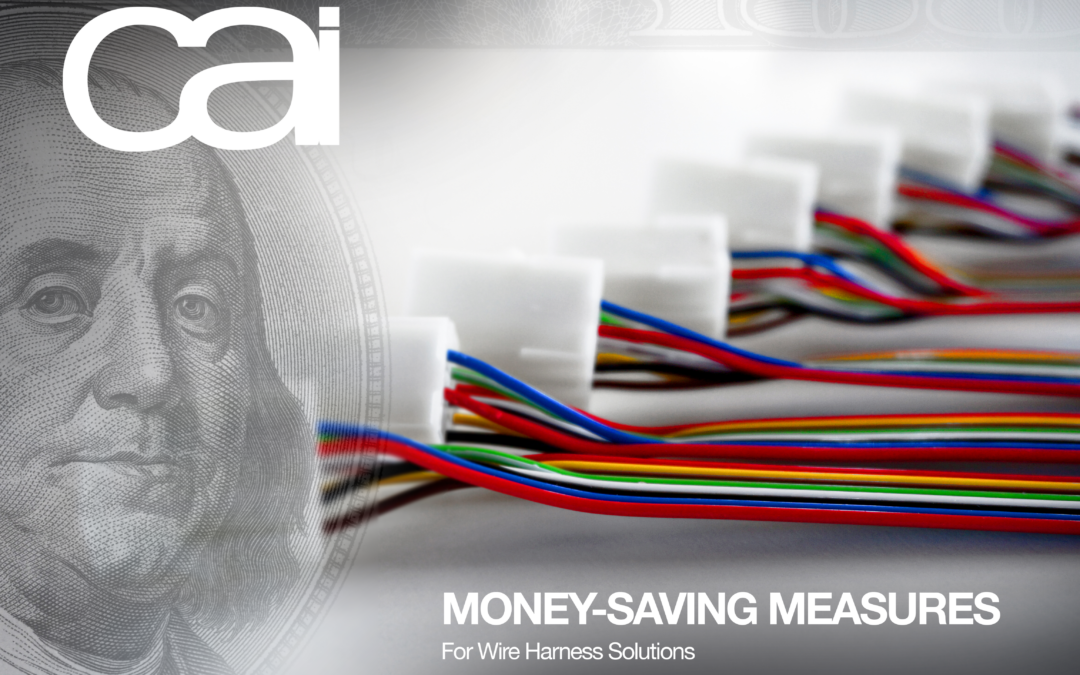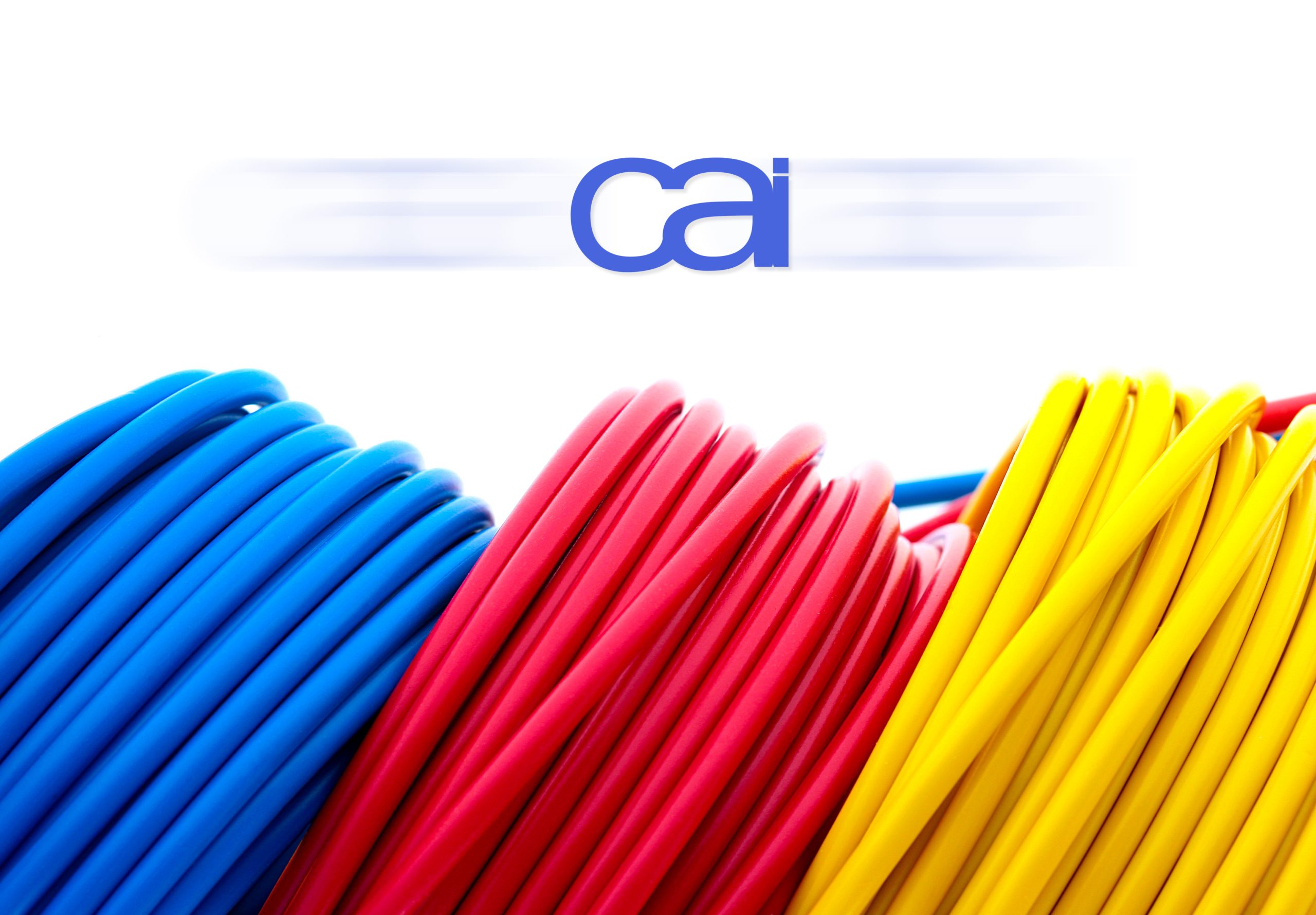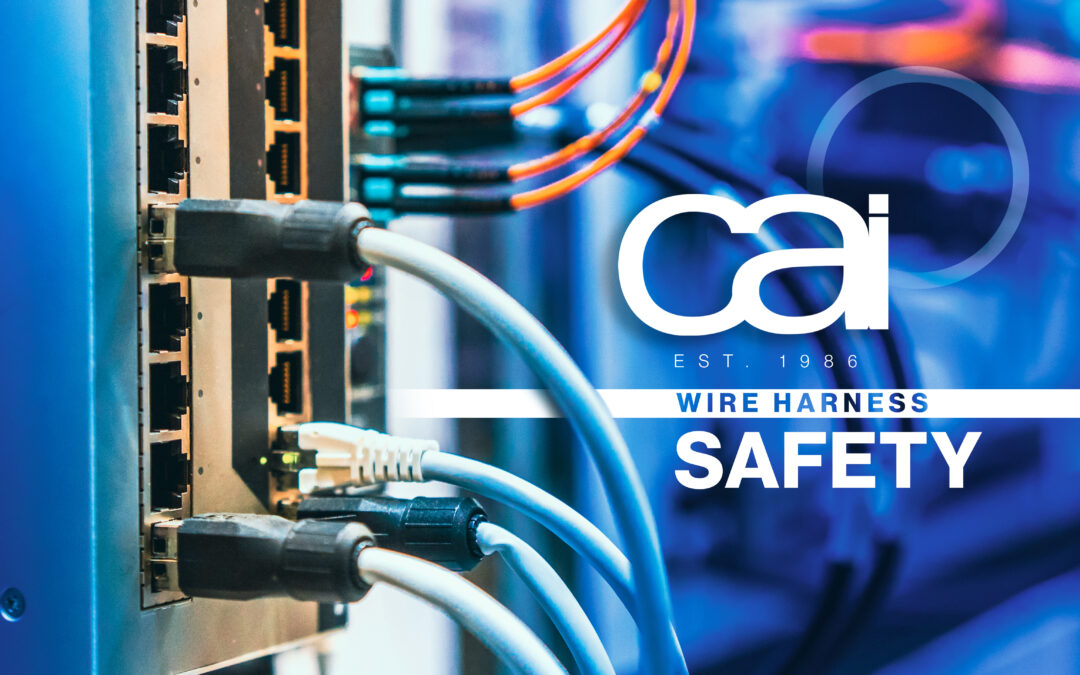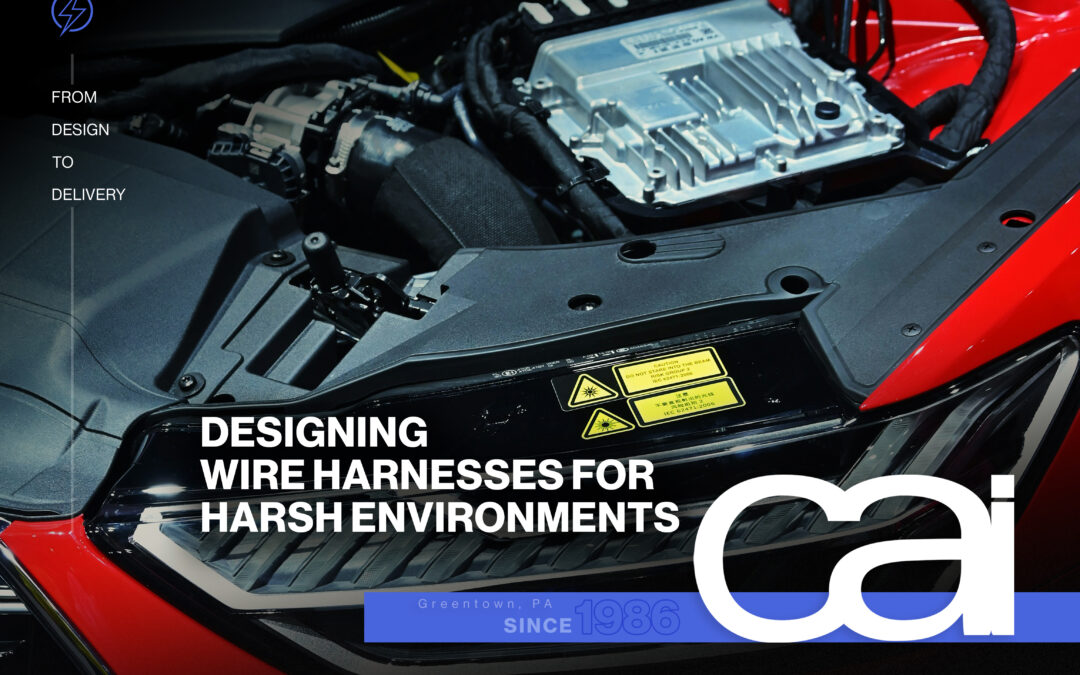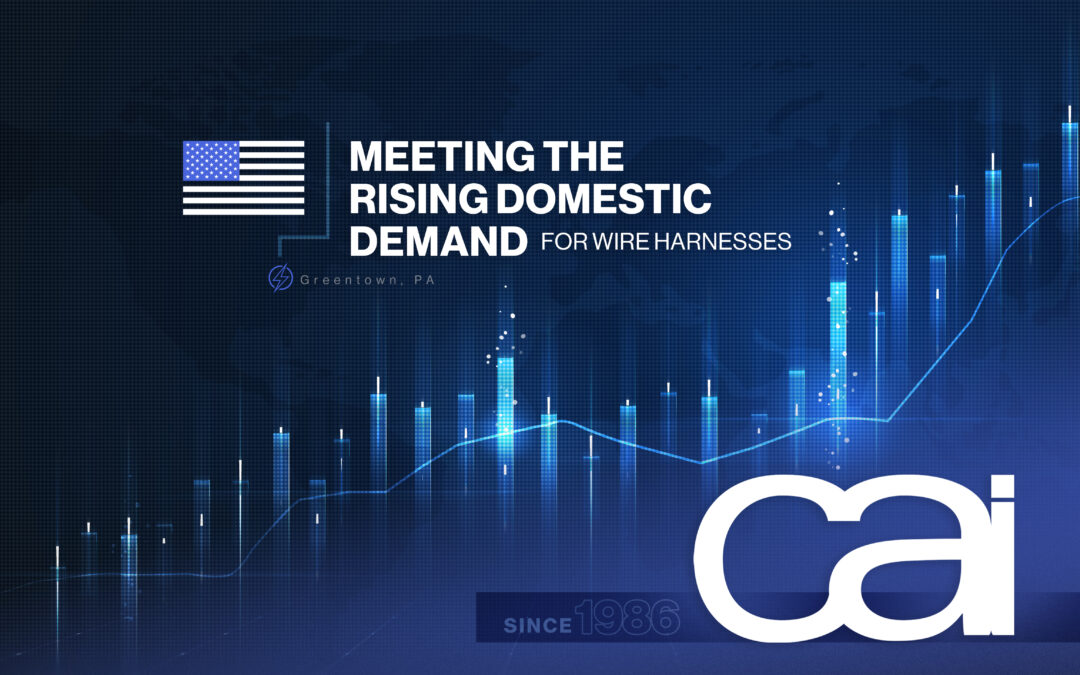10 Most Common Types of Cable Filler Material
When constructing a custom cable assembly, manufacturers often add filler material to separate different sections and/or to fill in the gaps between the conductors, or wires. Fillers serve multiple functions within a cable from providing added protection against the elements to lengthening the cable’s lifespan.
While cable filler helps take up extra space around the conductors, one of its top jobs is to help create the cable shape, which is typically circular. If there are relatively few wires, shape will not be compromised, and/or the wires will not have to endure excessive movement, extreme temperatures, or threatening elements, filler may not be needed.
For those that require it, there are several different types of filler material, each with its own unique properties and benefits. In order to optimize your assembly’s performance and durability for its future application, it helps to know your options.
What Do Cable Fillers Add to a Cable Assembly?
Depending on the type of material, fillers can improve a cable’s effectiveness, durability and appearance by helping:
-
Retain cord shape. Maintaining the shape helps with performance and endurance while also keeping the desired appearance and specifications for structural memory.
-
Strengthen the cord. Fillers can improve tensile strength, flexibility, and flex life, which reduces the chances of splitting and premature wear and tear.
-
Guard against other elements. Liquids like water and chemicals are serious hazards that cable assemblies must be designed to avoid. Filler helps ensure the dryness of the wires inside.
-
Decrease friction. Extra friction increases the risk of electric shock, and fillers help keep wires in place without rubbing against each other, which helps improve safety.
-
Protect from extreme heat. Electrical systems can produce high temperatures which can create safety issues and early degradation if not properly addressed. Filler can help protect wires from heat damage. Reduce interference. Certain fillers can help with electromagnetic shielding and guard against electrical noise that can impact the conductors performance.
For superior cable assembly and wire harness manufacturing solutions, trust the experienced team at CAI to choose just the right cable fillers, conductors, insulation, and more for your electrical or mechanical application.
10 Popular Types of Cable Filler Material
Cable fillers generally fall into one of two main categories — high-temperature (HT), capable of withstanding extreme heat, and low-temperature (LT), which is used in the majority of cable applications in moderate temperature environments. Here are 10 of the most common filler options that can be used across a wide range of applications:
Polyimide Tape:
Mechanically tough and cut-through resistant, polyimide tape, also known by the brand name Kapton, is ideal for high-temperature applications and offers reliable protection against water damage and abrasion. It is also radiation and burn resistant, and has exceptional electrical properties.
Water-Swelling Tape:
Initially more expensive yet cost-effective in the long run, water-swelling and water-blocking tapes rapidly absorb liquid and expand to the cable size when in contact with water in order to block any further ingress. This helps protect internal wires and minimize any water damage.
PTFE Tape:
Effective when high friction and high temperatures are involved, polytetrafluoroethylene is a synthetic fluoropolymer of tetrafluoroethylene that’s extremely durable and ideal for tough industrial applications. Also used between cable jackets and cable shielding, PTFE tape can reduce high-speed data loss. Teflon is the well-known brand name of PTFE featuring products.
Paper Tape:
Often used between a cable jacket and shield to facilitate easy removal of the jacket, paper tape is typically twisted into circular designs to fill space in high-voltage power cables. Inexpensive yet not the sturdiest option, paper filler doesn’t hold up well under consistent flexing. When exposed to heat or water, paper tape can easily fail unless treated with additional protection.
boPET Tape:
Featuring high tensile strength and durability, boPET is a polyester film made from biaxially-oriented polyethylene terephthalate that offers chemical and dimensional stability, transparency, reflectivity, gas and aroma barrier properties, and electrical insulation. Mylar is a popular brand of boPET material.
Plastic:
Available in a variety of sizes, plastic is commonly used to reduce electrical interference such as crosstalk. Plastic can be relatively more expensive and less flexible than other options. Polyethylene is a common thermoplastic filler that’s lightweight, making it a good choice for longer cables, and relatively easy to mold.
Foam:
Extremely versatile and great for filling small gaps between wiring, foam is highly malleable so it’s easier to work with compared to harder materials like plastic when used to keep cable shape.
Cotton:
While not optimal for applications that demand greater durability, cotton is one of the cheapest fillers and is commonly used in long strands of wiring. Not as restrictive as harder materials like plastic, cotton can be customized with additives that offer further protection against fire and other threats.
Steel:
This filler is popular for applications that require extra strength. Able to be “tied off” at an assembly’s end, steel helps shift force away from conductors and onto a structure inside the assembly.
Kevlar:
A heat-resistant para-aramid synthetic fiber with a molecular structure of many inter-chain bonds that make it incredibly strong, Kevlar is typically a more expensive option, but offers extreme toughness for longer cables and is often used for fiber optic cables.
Besides these popular types, there are additional options for when specific performance advantages like improved flexibility and electrical stability are necessary.
Not sure what cable filler options to include in your cable assembly? For answers to all your electrical project questions, start a conversation with CAI today.
